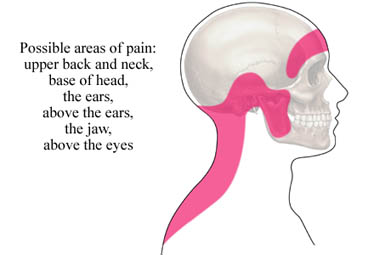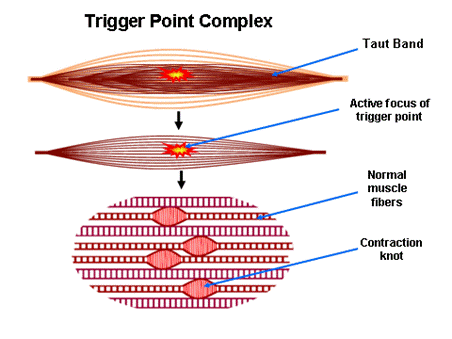nalco group
bone, muscle & joint pain physio
BOOK NOW / WHATSAPP ABOUT YOUR PAIN OR INJURY
- NOVENA 10 Sinaran Drive, Novena Medical Center #10-09, Singapore 307506
- TAMPINES 9 Tampines Grande #01-20 Singapore 528735
- SERANGOON 265 Serangoon Central Drive #04-269 Singapore 550265
Home > Blog > Physiotherapy > Acupuncture > Conditions We Treat > Stress Headache
Stress Headache Physiotherapy

Stress Headaches - Physiotherapy, TCM Acupuncture and Sports Massage Therapy
A number of the patient that we treat in our Phoenix Rehab physiotherapy, hand therapy, TCM and massage clinic complain of annoying and persistent headaches.
For them, we delved deeper and asked more, and found out that they experience these specific episodes of headaches during recurring events, such as when
- managing stressful projects
- handling difficult situations or
- moving
homes
- making major decisions
- loss of loved ones or pets
- etc
These typically point towards major decisions and events that cause stress.
When we perform a physical assessment of them and their muscles, we typically find certain painful, tender spots along muscles of their necks, shoulders and upper back.
When we press and palpate these tender spots / points, patients report of
- direct localized pain as well as
- pain that "travels" ie radiating pain within the muscles, along certain spots near the muscles,
In some cases, the pain travels to our patient’s heads, causing the annoying legendary headaches.

This is known as a trigger point.
They essentially taut bands of muscle fibers that are hyper-irritable to the touch.
At the location itself, it can be very sensitive, and upon palpation by physical therapists, the pain can travel (also known as referred pain) to places much further than the trigger point location itself shoulder trigger point can be experienced at different locations in the head etc.

These tender and sensitive trigger points are not caused by any specific
- incidents of trauma
- infection or
- degeneration
and to make things worse, cannot be explained by neurological examinations or even diagnostic imaging such as X-rays.
The reason for that is that they are simply “tight knots or bands” of the muscles and connective tissue, exarcebated by prolonged positioning in a shortened position (e.g. hunched over a computer or when reading a book) and intensified through emotions (e.g. stress) causing muscle tightening over a very localized position.
And muscles are not picked up in x-rays.
Treatment for stress headaches and trigger points

Most of the time, the treatments that we provide to both treat and relieve the painful stress headaches are a combination of
- trigger point therapy
- clinical massage therapy (regularly doing this will prevent trigger points from coming back)
- passive and active stretching exercises
- ultrasound therapy and radio-frequency Indiba therapy
- exercise therapy
- dry needling
- TCM acupuncture
- treating any postural, muscle and movement imbalances
- core strengthening
- and more
We also provide corporate ergonomic talks to raise awareness of possible contributions of repetitive strain injuries (RSI) in the workplaces, and share with our recipients how to prevent or at least to minimize the occurrence of RSI.
Workstation and worksite assessment is sometimes prescribed to have a more effective management of RSI prevention, as corporate talks and workshops are more of a personnel management, but the physical office and its layout also plays an important element of health risks.
